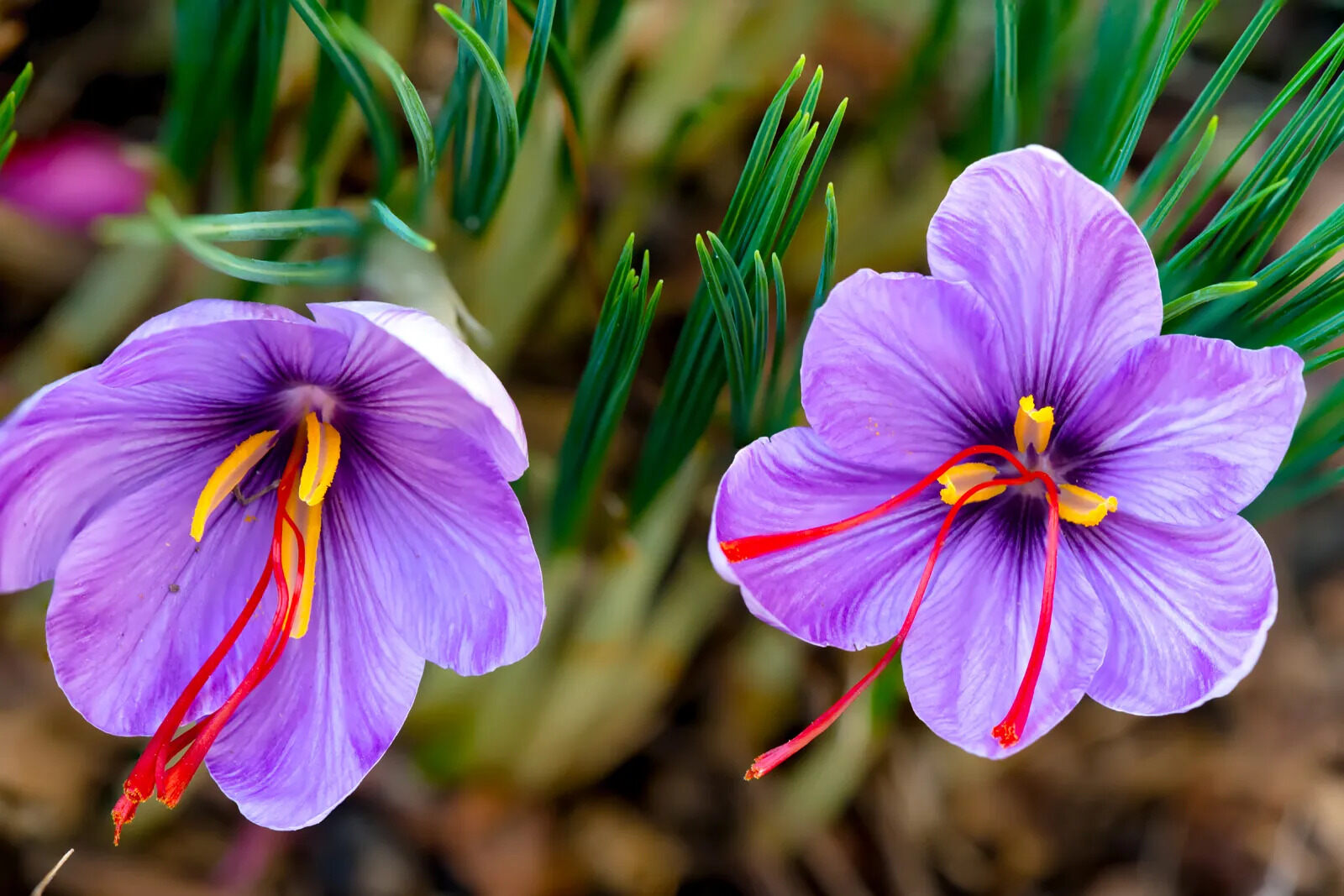
The Japanese Iris, also known as Iris ensata, is a stunning flowering plant that is renowned for its beauty and elegance. Native to Japan, these irises have captivated the hearts of many gardening enthusiasts around the world. While the Japanese Iris is well-known for its striking flowers, there are many interesting and surprising facts about this plant that may not be widely known. In this article, we will explore eight fascinating facts about Japanese Iris, shedding light on its history, symbolism, growth requirements, and more. So, if you’re curious to learn more about this enchanting plant, keep reading to discover some intriguing aspects of the Japanese Iris.
Key Takeaways:
- Japanese Iris, not from Japan! Originally from China and Korea, it symbolizes purity and elegance in Japanese culture. It comes in various colors and can thrive in wet or dry conditions.
- Versatile and vibrant, Japanese Iris attracts pollinators and has a rich cultural significance. It blooms in different seasons and has been used in traditional herbal medicine.
Japanese Iris is not actually native to Japan
Contrary to popular belief, the Japanese Iris, or Iris ensata, is not originally from Japan. It is native to China and Korea, and was later introduced to Japan, where it became highly popular and gained recognition as a symbol of the country’s beauty.
Japanese Iris comes in a wide range of colors
The Japanese Iris is known for its stunning array of colors, including shades of purple, blue, pink, and white. Some varieties even display captivating patterns and markings on their petals, adding to their allure.
Japanese Iris is a symbol of purity and elegance
In Japanese culture, the Iris symbolizes purity, elegance, and the changing seasons. It is often associated with the arrival of summer and is commonly featured in traditional artwork and poetry.
Japanese Iris can thrive in both wet and dry conditions
Despite its preference for moist soil, the Japanese Iris is surprisingly adaptable and can withstand periods of drought. This characteristic makes it a versatile plant for various garden settings, whether they are near water features or in drier areas.
Japanese Iris plays a role in traditional herbal medicine
Japanese Iris has been used in traditional herbal medicine for its potential health benefits. It is believed to have diuretic properties and can be used to treat conditions such as edema and urinary tract infections.
Japanese Iris attracts pollinators
The vibrant and fragrant flowers of the Japanese Iris are irresistible to pollinators such as bees and butterflies. By planting Japanese Iris in your garden, you can create a welcoming habitat for these important creatures.
Japanese Iris has different blooming seasons
Depending on the variety, Japanese Iris can bloom in different seasons. Some bloom in early summer, while others showcase their beauty in late summer to early autumn. This diversity allows for a longer period of enjoyment and admiration in the garden.
Japanese Iris has a rich cultural significance
The Japanese Iris has been celebrated in art, literature, and festivals, showcasing its deep cultural significance. Its presence in traditional Japanese gardens and its depiction in numerous works of art reflect its enduring beauty and importance in Japanese culture.
Conclusion
In conclusion, Japanese irises are fascinating plants that are known for their striking beauty and unique attributes. From their delicate and intricate flowers to their ability to thrive in diverse climates, Japanese irises are a popular choice among garden enthusiasts. With their vibrant colors and elegant blooms, these irises bring a touch of elegance and serenity to any garden or landscape. Whether you’re an avid gardener or simply appreciate the beauty of nature, Japanese irises are definitely worth considering for your next garden project.
FAQs
Q: How tall do Japanese irises grow?
A: Japanese irises typically grow to a height of 2 to 4 feet, depending on the variety.
Q: Do Japanese irises require a lot of sunlight?
A: While Japanese irises prefer full sun, they can also tolerate partial shade. However, they may not bloom as abundantly in shadier conditions.
Q: Can Japanese irises grow in wet soil?
A: Yes, Japanese irises are known for their ability to thrive in moist or even boggy conditions. They are often planted near water features like ponds or streams.
Q: When do Japanese irises bloom?
A: Japanese irises typically bloom from late spring to early summer, with peak blooming occurring in June.
Q: How do I care for Japanese irises?
A: Japanese irises require regular watering, especially during dry spells. It’s also important to divide and replant them every few years to prevent overcrowding and ensure healthy growth.
Q: Can I grow Japanese irises in containers?
A: Yes, Japanese irises can be grown in containers, as long as the containers are large enough to accommodate their root systems and provide sufficient drainage.
Q: Are Japanese irises deer-resistant?
A: Japanese irises have a moderate level of deer resistance, but they may still be susceptible to deer damage in areas with high deer populations.
Q: Are Japanese irises fragrant?
A: While some Japanese iris varieties have a mild fragrance, it is not as pronounced as the fragrance of other iris species.
Was this page helpful?
Our commitment to delivering trustworthy and engaging content is at the heart of what we do. Each fact on our site is contributed by real users like you, bringing a wealth of diverse insights and information. To ensure the highest standards of accuracy and reliability, our dedicated editors meticulously review each submission. This process guarantees that the facts we share are not only fascinating but also credible. Trust in our commitment to quality and authenticity as you explore and learn with us.
